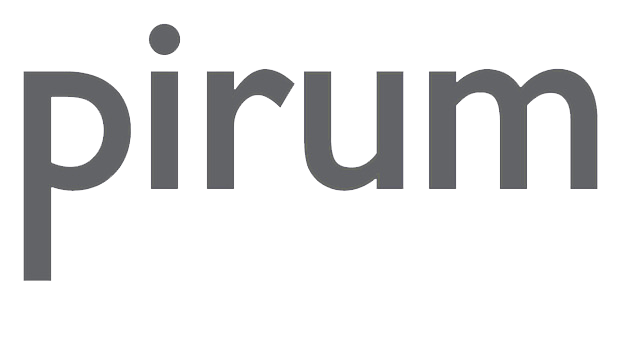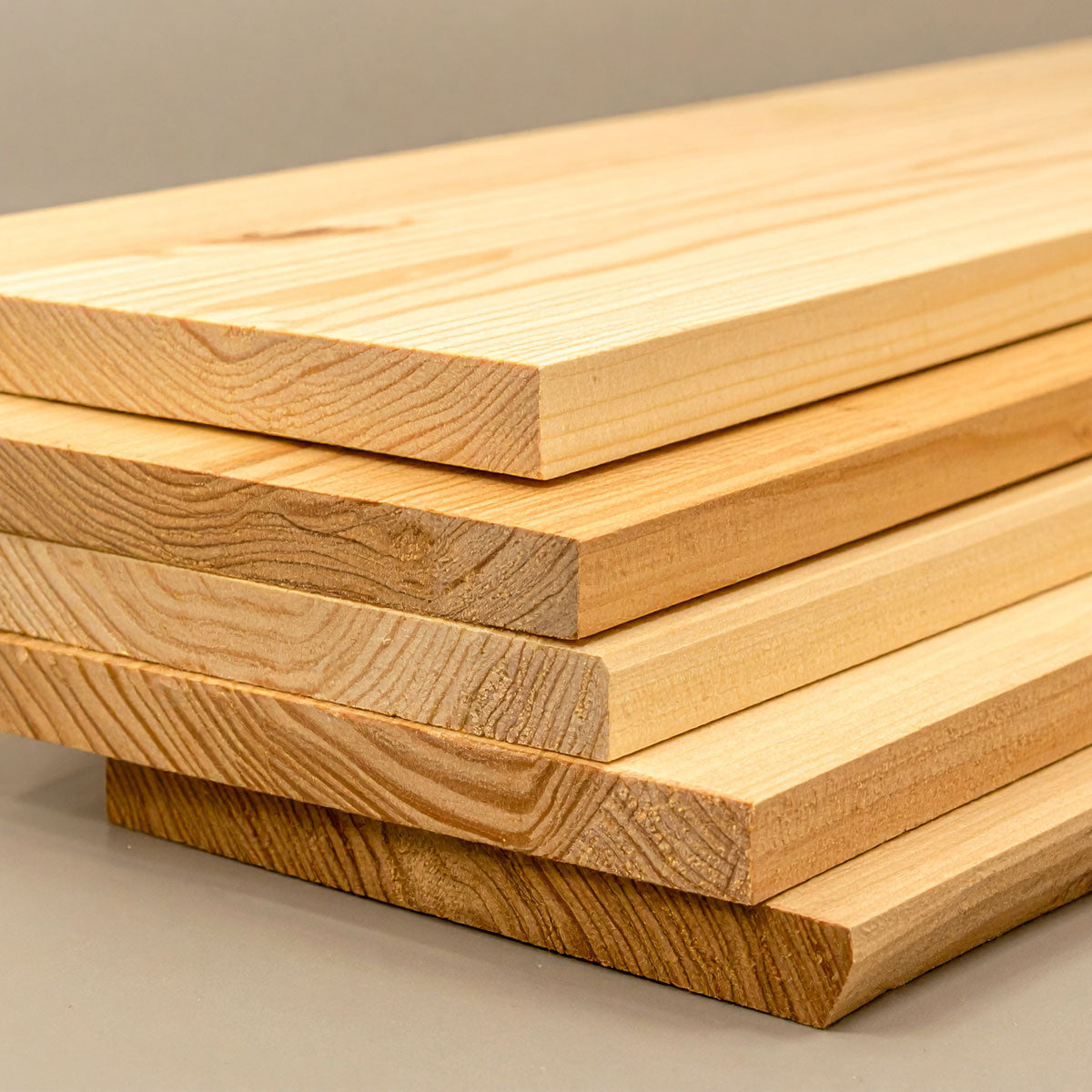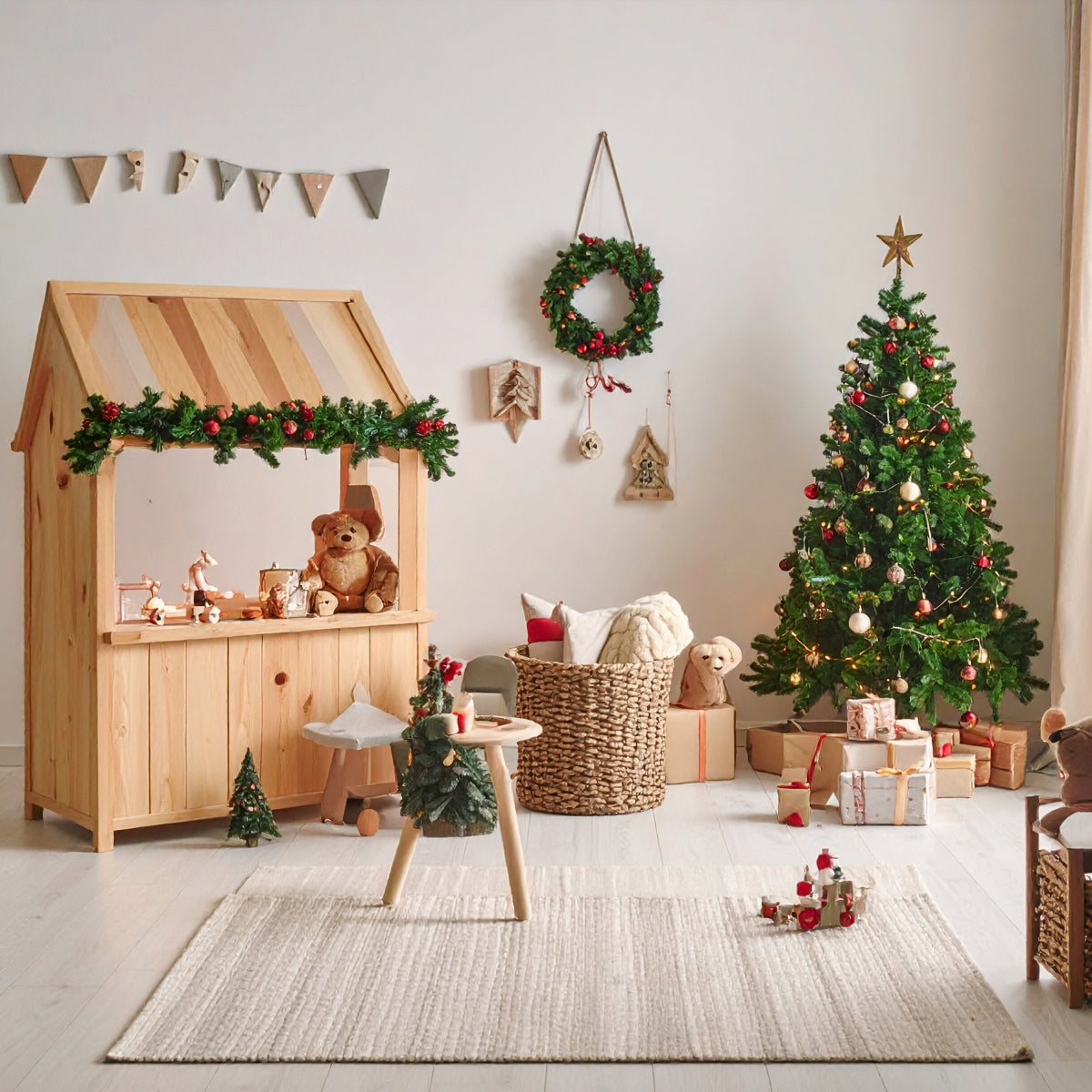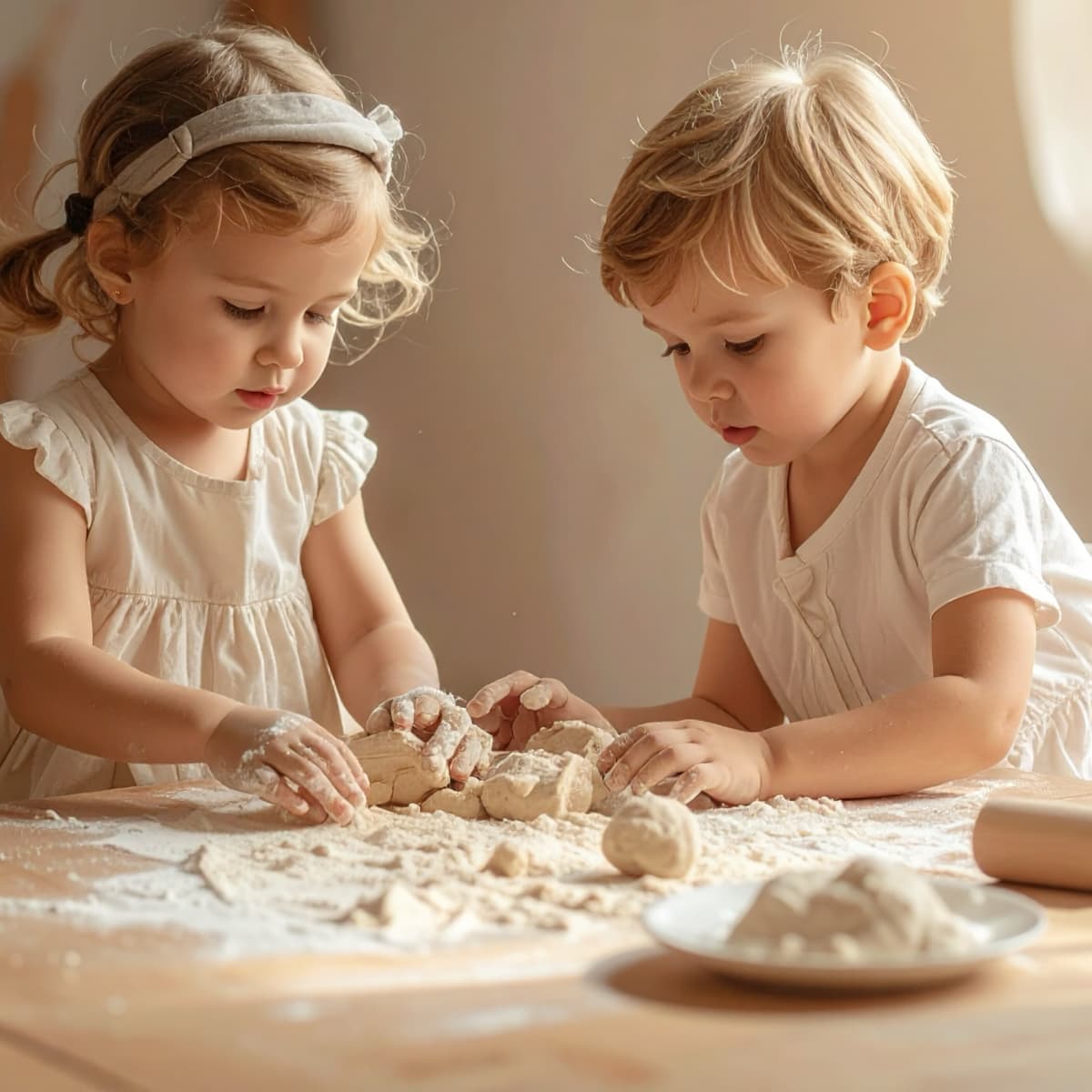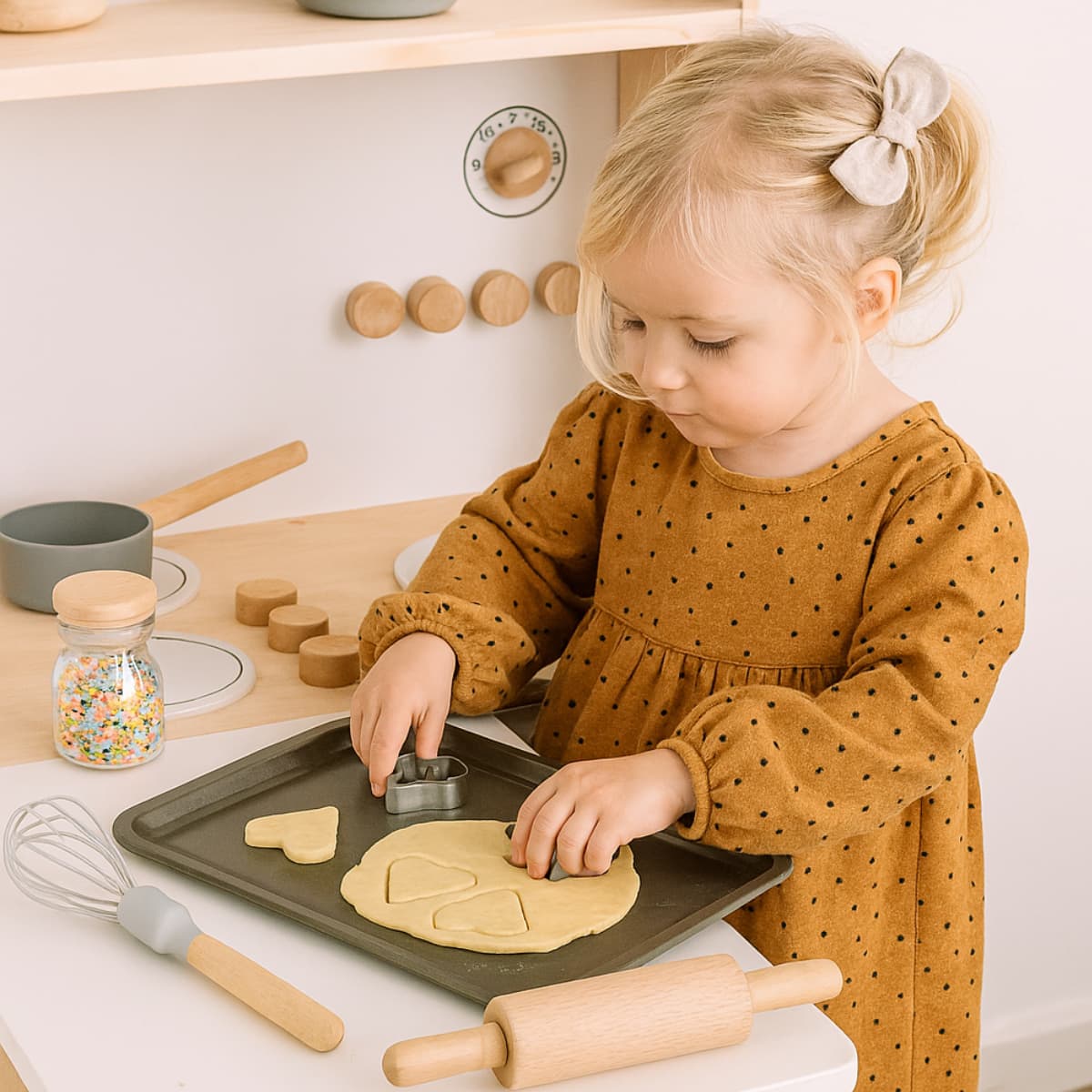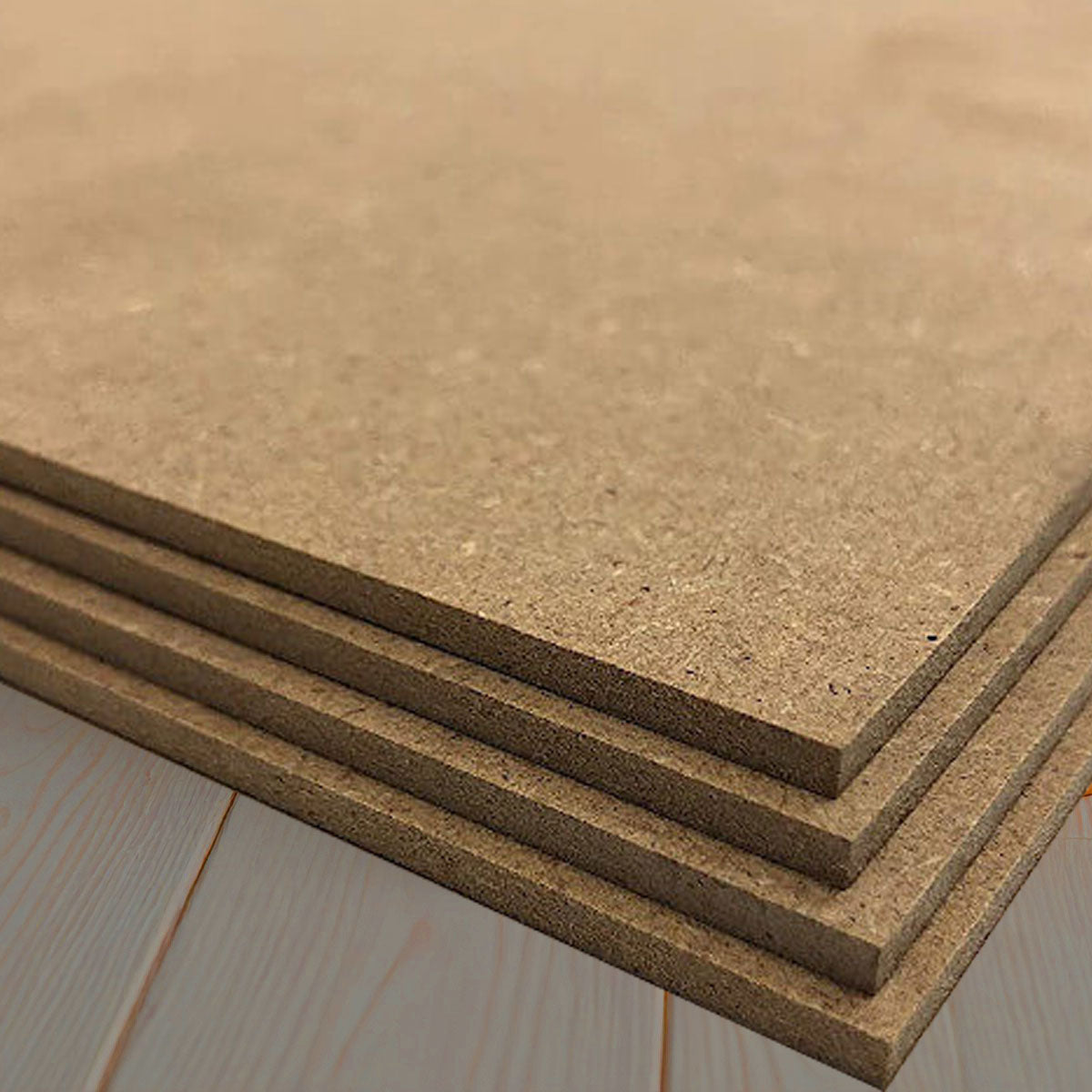
HDF
HDF – High-Density Fiberboard
Definition
HDF stands for High-Density Fiberboard, a wood-based material made from finely defibrated wood fibers that are compressed under high pressure and heat into a dense, smooth, and stable panel. With a density exceeding 800 kg/m³, HDF is one of the hardest fiberboards and is used where thin material must offer high strength and precision.
Properties
-
Base material: wood fibers, typically from softwood
-
Density: > 800 kg/m³ – significantly higher than MDF
-
Surface: very smooth, ideal for painting, foiling, or decorative finishes
-
Thickness: typically 2–6 mm – thin yet dimensionally stable
-
Processing: suitable for milling, drilling, and painting
-
Moisture resistance: not waterproof, but more resistant than MDF
-
Environmental aspect: often made from recycled wood, though dependent on adhesives used
Advantages
-
High strength despite low thickness
-
Smooth surface for decorative applications
-
Lightweight – ideal for mobile or hanging elements
-
Cost-effective compared to solid wood
-
Precision-friendly – suitable for fine contours and engravings
Common Applications
-
Furniture construction: cabinet backs, drawer bottoms
-
Interior design: wall panels, door inserts
-
Flooring: carrier material for laminate and vinyl
-
Wooden toys: flat, painted or printed components
-
Decorative panels: base for foils, veneers, or digital prints
Comparison with MDF
| Feature | HDF (High-Density Fiberboard) | MDF (Medium-Density Fiberboard) |
|---|---|---|
| Density | > 800 kg/m³ | approx. 600–800 kg/m³ |
| Thickness | typically thinner (2–6 mm) | typically thicker (8–25 mm) |
| Surface | smoother, finer | smooth, but less dense |
| Usage | backing, carrier material | furniture parts, shaped panels |
| Moisture behavior | slightly more resistant | more sensitive to moisture |
Conclusion
HDF is a versatile, thin, and highly stable wood-based material, ideal for precise, decorative, and load-bearing applications. In wooden toy manufacturing, HDF is used selectively – for painted surfaces, backing panels, or printed elements. Combined with solid wood or multiplex, it offers a cost-efficient and design-flexible solution, as long as it remains in indoor use.
